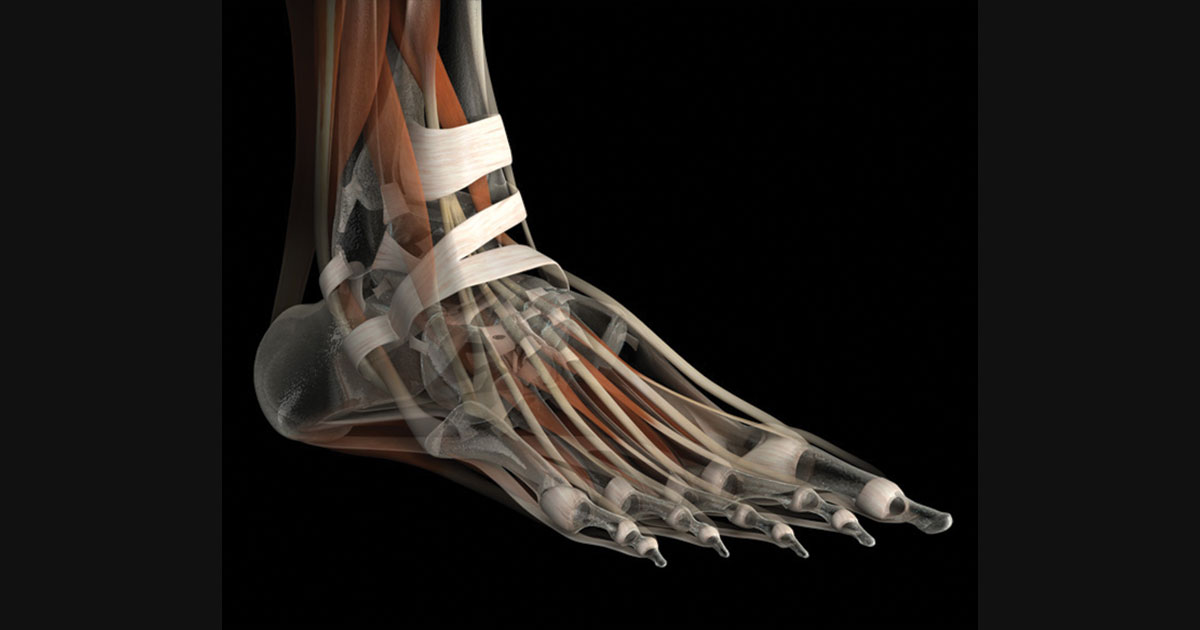Connective tissue weaves throughout the body supporting the nervous, muscular, skeletal, and cardiovascular systems. This connective network creates boundaries, protects organs, insulates, and allows substance transportation. However, when connective tissues bind up they can alter joint mechanics, stability, and cause localized pain. The functions of connective tissue depend on its formation. Three types exist; the first is a medium called a ground substance, followed by connective fibers and cells.
Ground substance is gel-like and able to keep large amounts of fluid. This allows nutrients and waste products to diffuse from blood capillaries to cells and vice versa. Soil acts as medium for plants similarly as ground substance in our bodies, both provide nutrients and support. Although the two are different in physical characteristics their function is similar in both cases.
Strong fibers anchor throughout the ground substance and offer support for vessels, cells, and nerves. There are three types of fibers: reticular, elastic, and collagen. The last of which has the greatest strength capabilities and abundance. Collagen’s tensile strength comes from cross linking fibrous proteins allowing for greater force distribution.
Reticular fibers create a delicate network supporting blood vessels and soft tissue. Because arteries and veins have tremendous elastic capabilities these fibers need to bend and flex as well.
All these tissues have different tensile capabilities and contribute to something as simple as standing. Standing requires a dynamic ability of the body to interpret and resist ground forces through muscular contraction. The bodies proprioception of its center of mass will dictate the contraction forces required to actually stand. Meaning, the worse your posture is the harder your tissue is working to support itself.
The skeletal system will act as the infrastructure, like a foundation for a house, allowing the transfer of muscular force. Over 200 bones are held together forming a structural chain. The structures ability to act as an entire unit will be vital to force production, stability, and mobility.
Information such as movement patterns, past injuries, and stress reactions get stored in these tissues. This can cause a shift in the entire connective net, restricting nerves, blood vessels and even causing pain. The outcome of pain can limit a joint’s mobility and limit range of motion.
The body will adapt to these limitations by activating different muscles or by hyper-mobilizing other joints. It’s important to understand which muscles are responsible for specific movements to diagnose instabilities. Muscular retraining, soft tissue manipulation and core stabilization can drastically improve joint mobility.
Stay tuned for next week’s blog about fascia techniques and corrective exercises for the most commonly “junked up” areas.

